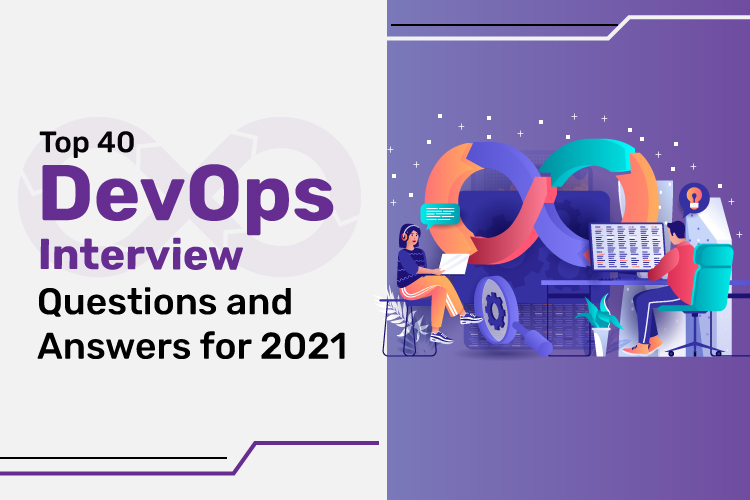- June 11, 2021
- nschool
- 0

Top 40 Devops Interview Questions and Answers for 2021
This blog on DevOps Interview Questions and Answers has been developed by SMEs and industry experts with more than 15 years of DevOps expertise. You’ll find some of the most often asked questions in this sector here to help you prepare for realistic job interviews. During the DevOps interview, recruiters frequently ask the following DevOps questions.
- Tell me about DevOps in your own words?
- Infrastructure in the form of code
- Deployment indefinite
- Automated systems
- Observation
- Safety is paramount.
- Creating code
- Coverage of the code
- Testing at the unit level
- Packaging and Distribution
- Preparation
- Organizing
- Integration
- Release
- Jenkins
- Docker
- Ansible
- Git
- Nagios
- Monit
- ELK (Elasticsearch, Logstash, Kibana)
- Google Cloud
- Amazon Web Services
- Microsoft Azure
- Select Control Gear, then Startup Applications from the drop-down menu.
- To add an entry to the Startup Application Preferences box, click Add.
- Then, in comment fields such as Name, Command, and Comment, write in the information.
- Once you’ve finished, log out and then log back in.
- Memcached is frequently misunderstood as a data store rather than a cache.
- Never rely solely on Memcached to get the data you need to run your application. Data should always be available from a different source.
- Memcached is only a key-value store, thus you can’t query the data or cycle through the contents to retrieve information.
- Memcached has no security features, such as encryption or authentication.
- The time it takes to get any work into the production environment is referred to as the speed of delivery.
- Keep track of how many flaws are discovered in each category.
- In the event of a failure in the production environment, it’s critical to determine the real or average time it takes to recover.
- The amount of defects reported by the consumer has an impact on the application’s quality.
- Wireshark
- Splunk
- Icinga 2
- Nagios
- OpenNMS

